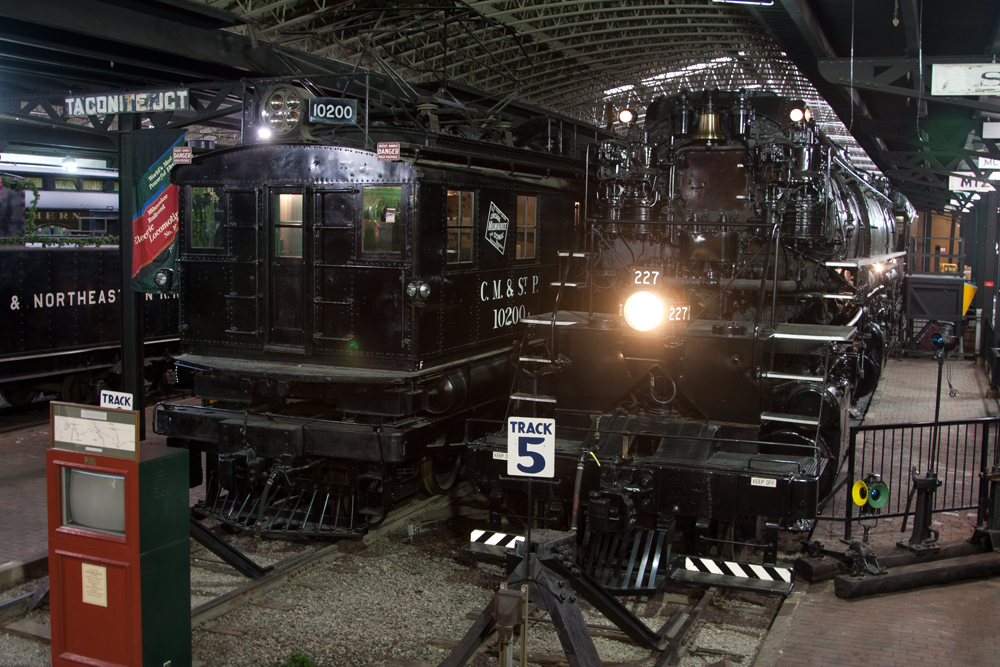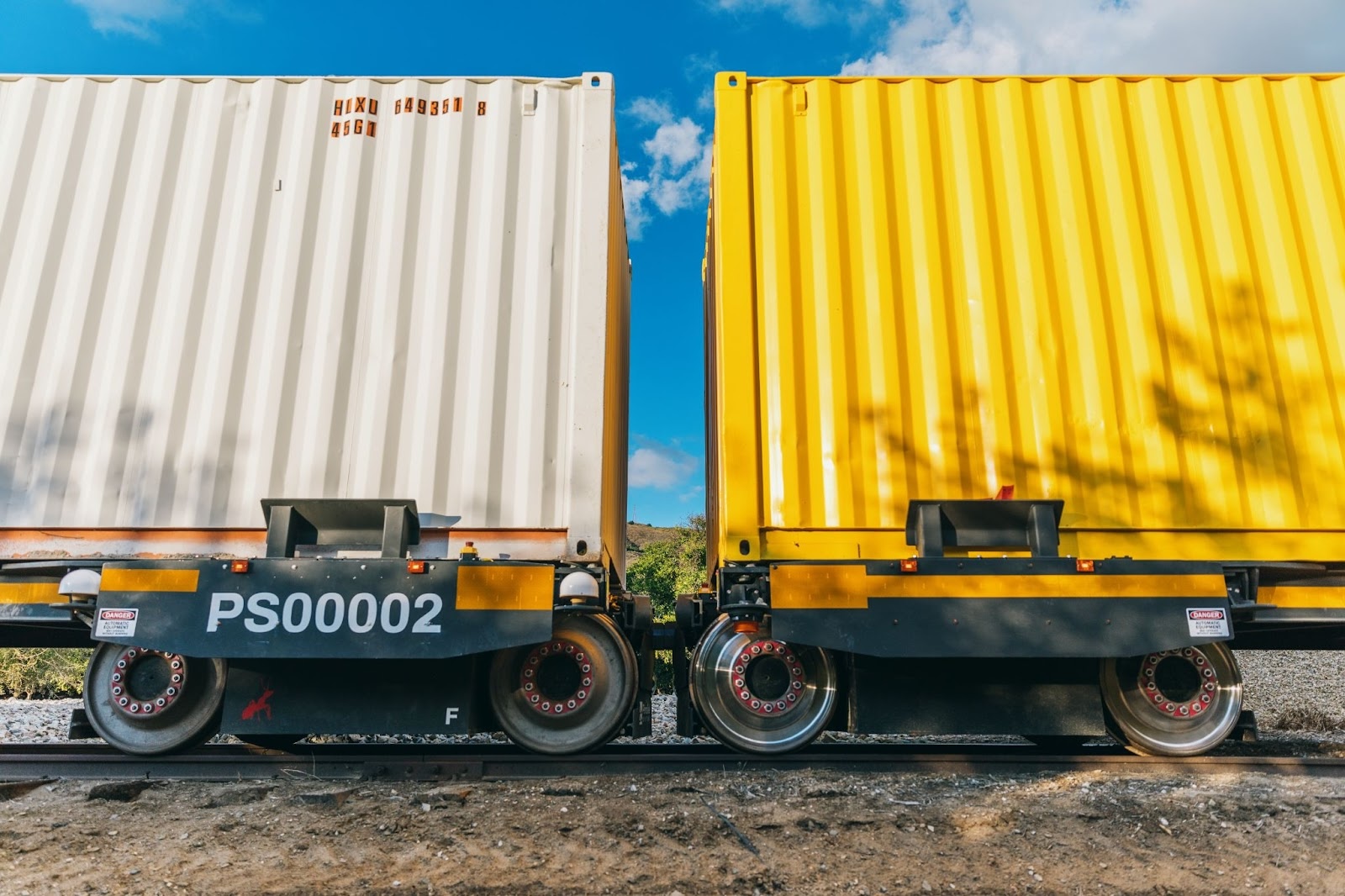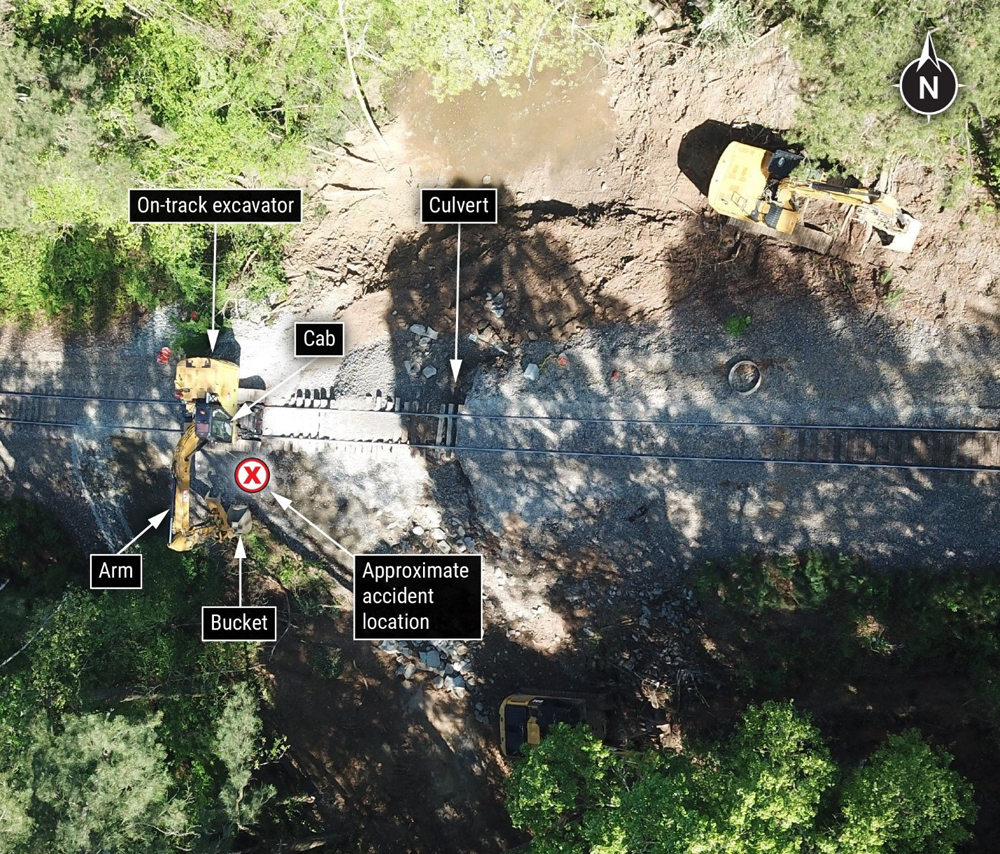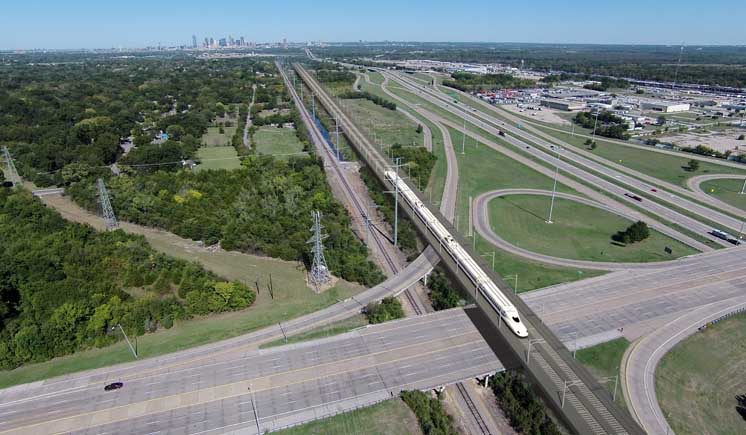
DULUTH, Minn. – The Lake Superior Railroad Museum is celebrating its golden anniversary this year. It was 1973 when the Lake Superior Museum of Transportation & Industry was incorporated (the name was formally changed to Lake Superior Railroad Museum Dec. 1, 1997). Three men were primarily responsible for the museum’s establishment: rail historians Frank A. King, Wayne C. Olsen, and Duluth, Missabe & Iron Range Railway Vice President and General Manager Donald B. Shank. Shank and King, who also was a long time DM&IR employee, were behind efforts in the early 1960s to save Missabe steam power, notably the famed 2-8-8-4 “Yellowstones.” Shank had Yellowstone No. 227 stashed away in the Missabe’s Proctor roundhouse in the hope that it could one day become part of a railroad museum. Shank, King, and Olsen were the key players in establishing the museum and deciding what type of equipment should go into it.
The museum is located on the tracks of the Duluth Union Depot, opened in 1892. Long a Duluth landmark, the Boston firm of Peabody & Stearns designed the building with large twin turrets in the French Norman style. The building saw its last trains in 1969. At the time, Shank was involved with the Junior League of Duluth to establish a museum and cultural center in the city. A Cultural Center Committee was established to investigate obtaining a railroad depot as the site. After first looking at Duluth’s Soo Line Depot, they settled on the Union Depot instead (the Soo depot was torn down in 1972). The Area Cultural Committee purchased the depot and surrounding track from Burlington Northern in 1971, the same year it was designated a National Historic Site. It is now the property of St. Louis County.
Funding for the initial construction of the railroad museum, which began in March 1973, came from a federal grant of $352,000 and $88,000 in private donations. Shank gave the new museum a huge advantage: he made sure that the local railroads each had a representative on the museum board of directors. “I got my colleagues from all of the railroads that came into town to serve on the board of directors,” Shank said in the early 1990s (he died in 1993). “Getting these people on the board, that was important because it helped us get equipment, we had a lot of clout on that board. They would let us run excursions to raise money for the Museum. They helped us move equipment onto our property free of charge. This was just typical of the help we received from all the railroads.” King and Olsen served on the Museum board until their deaths in 1985 and 1994 respectively; Olsen was LSRM secretary from the Museum’s inception until his death.
A train shed was constructed over six tracks to allow year round displays and to protect the equipment. The museum formally opened in 1975. Long time employees Tom Gannon and Tim Schandel helped build the museum, working on operations, upkeep of the equipment, establishing new interpretive exhibits, and helping on restoration projects.
In 1982 the DM&IR ceased operations on its 26-mile “Lakefront Line” between Duluth and Two Harbors. Recognizing the line would make an excellent tourist railroad, Shank, long-time LSRM volunteer Leo McDonnell, and local government leaders pushed to save it. In July 1986 the St. Louis & Lake Counties Regional Railroad Authority, one of the first rail authorities in the nation, was formed to save the line. The Authority acquired the route for $1.5 million in 1988. Tourist trains began running in 1990; LSRM’s North Shore Scenic Railroad took over operations in 1996.
This year the Museum is planning several events to mark 50 years. The first is April 20 with the dedication of a new railroad signal exhibit put together by member Scott Parker and other volunteers. May 19 will see the opening of a 50th Anniversary Exhibit followed by a members dinner. Several other events are planned for later in the summer and fall, possibly including special trains. For more information go to lsrm.org.














I love that museum but I haven’t been to Duluth since before Covid. I would love to be able to get there by train.